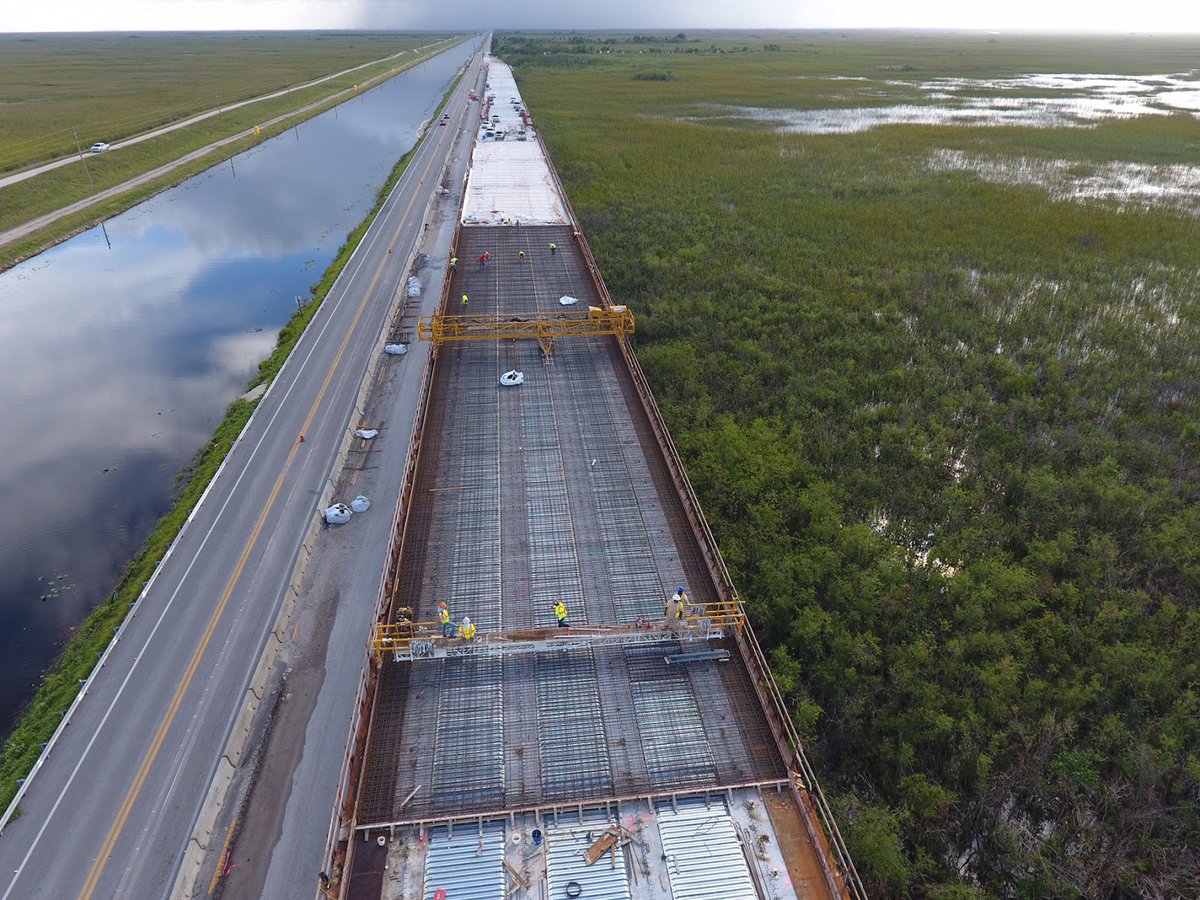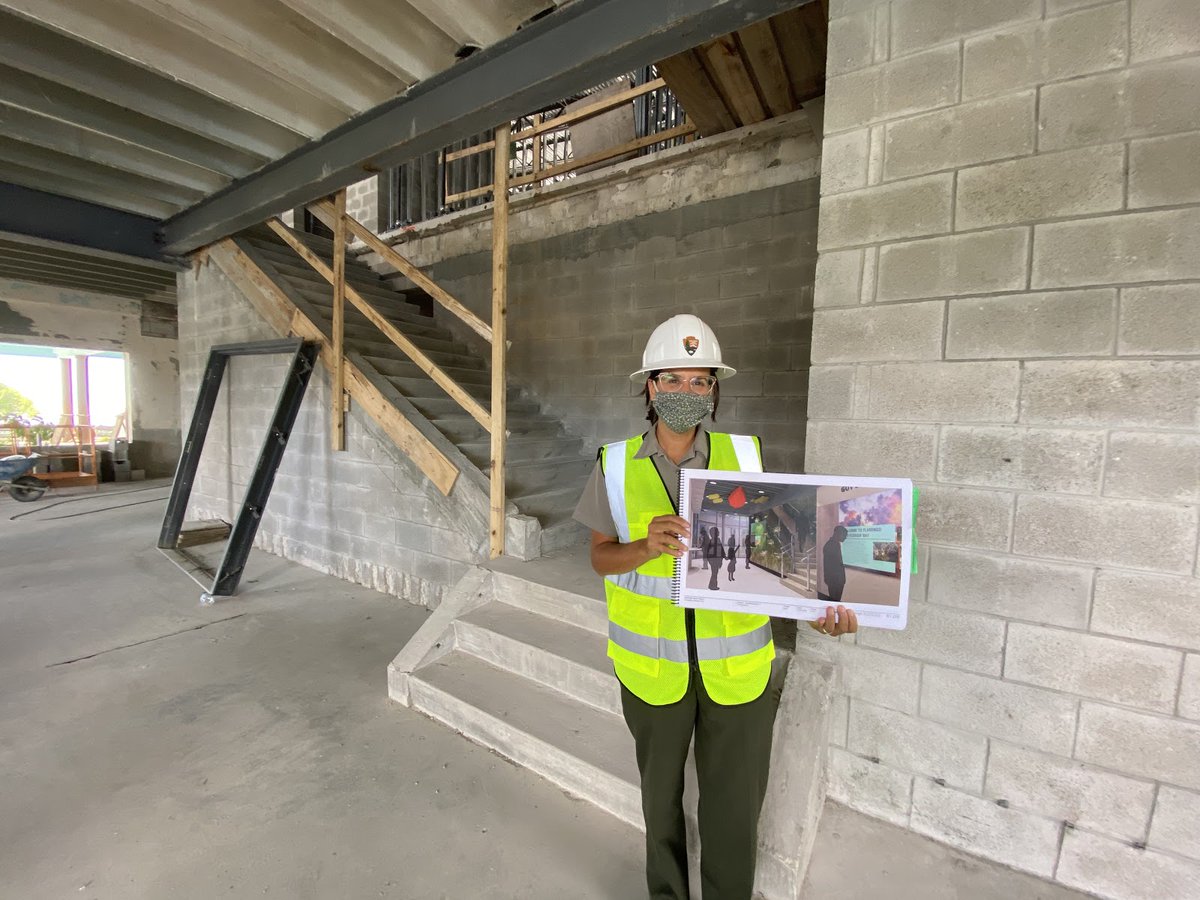
Did you know an Underground Railroad route ran through what is today Everglades National Park? Here's the story of how abolitionist Jonathan Walker smuggled 7 enslaved people from Pensacola to the Bahamas, a British colony at the time, and thus free.
In 1844, the group departed in a small sailing vessel, following the Florida coast south toward Cape Sable in present day Everglades National Park.
They eventually rounded the cape on the southwestern tip of the Florida peninsula, and moved past Sandy Key, Clive Key and Eagle Key in Florida Bay. Along the way, Walker fell ill and they ran low on water.
As so often happens, the story gets a little fuzzy at this point with apparently contradictory information. Walker intended to head northeast through today's @BiscayneNPS to Cape Florida.
From there, it would have been a relatively short trip to the Bahamas. He was in need of provisions, especially water, but heading to the only lighted spot of land between Key West and St. Augustine seems risky if you are transporting "stolen property."
At the time, there was a lightship on Carysfort Reef off Key Largo. Reports say the group was about 15 miles from that location when they encountered two wrecking sloops.
Walker needed water and these boats offered help in getting to Cape Florida.
Walker needed water and these boats offered help in getting to Cape Florida.
Did the captains of those boats know that a reward had been posted for Walker's capture and the return of the enslaved people? Certainly, a white man with seven black passengers and no other cargo aroused suspicions. Walker was taken to Key West where the truth was revealed.
Walker and the seven men were returned to Pensacola. Walker was tried and convicted. For the crime of "Slave Stealing," Walker was branded with a red hot iron, the letters "SS" permanently marked on the palm of his hand.
NPS photo
NPS photo

After serving jail time in Pensacola, other abolitionists bailed him out. He then spent several years on the abolitionist lecture circuit describing his ordeal and showing his branded hand as an example of the barbarous tactics used by those who supported slavery.
The poet John Greenleaf Whittier wrote a poem about Walker called, "The Branded Hand."
An excerpt demonstrates that Walker took the original meaning of the "SS" brand and proudly turned it on its head:
"Then lift that manly right-hand, bold ploughman of the wave!
Its branded palm shall prophesy, 'Salvation to the Slave!'"
"Then lift that manly right-hand, bold ploughman of the wave!
Its branded palm shall prophesy, 'Salvation to the Slave!'"
• • •
Missing some Tweet in this thread? You can try to
force a refresh













